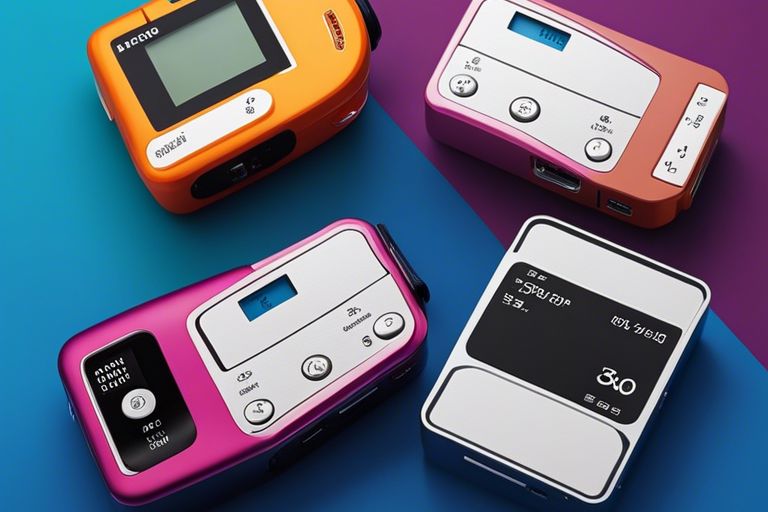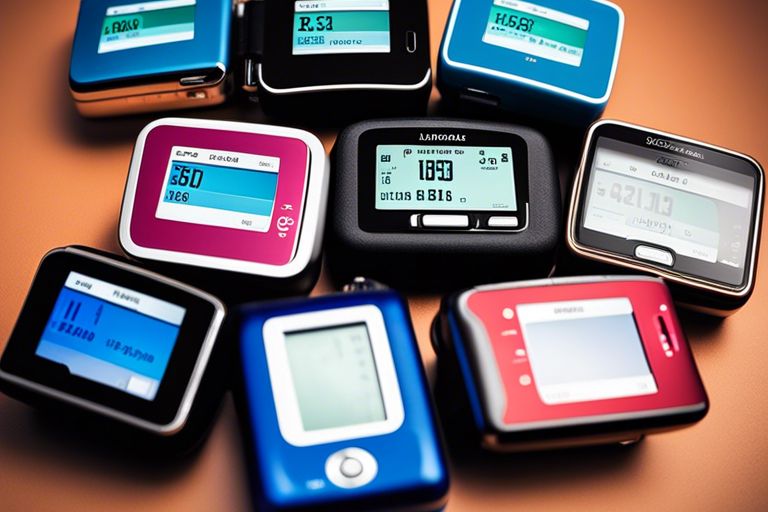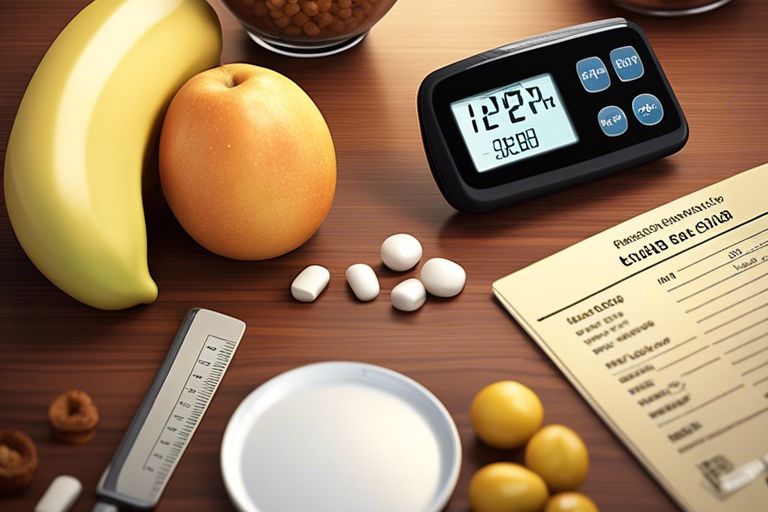Living with diabetes type 1 can be challenging, especially when it comes to travelling. Whether you are going on a short weekend getaway or a long trip abroad, managing your blood sugar levels and taking care of your health can be overwhelming. However, with the right preparation and a few helpful tips, you can enjoy a stress-free trip and make unforgettable memories. In this article, we will provide you with some essential tips on travelling with diabetes type 1 that will help you stay healthy and enjoy your trip to the fullest.
1. Consult with Your Doctor
Before you embark on your journey, it’s crucial to consult with your doctor and inform them of your travel plans. Your doctor can help you adjust your medication and insulin dosage, provide you with a travel letter, and advise you on how to manage your blood sugar levels during the trip.
2. Pack Enough Medication and Supplies
Make sure to pack enough medication and supplies for your entire trip, including extra insulin, syringes, test strips, and lancets. It’s also a good idea to bring a backup meter and extra batteries. Keep your supplies in your carry-on luggage to ensure that they are easily accessible and avoid the risk of losing them.
3. Plan Your Meals and Snacks
Eating healthy and regularly is essential when you have diabetes type 1. Plan your meals and snacks, and bring healthy snacks with you, such as nuts, fruit, or protein bars. If you are travelling by plane, make sure to inform the airline of your dietary requirements in advance.
4. Monitor Your Blood Sugar Levels
Monitoring your blood sugar levels regularly is crucial when you have diabetes type 1. Bring a blood glucose meter with you and check your levels frequently, especially during long flights or car rides. Keep track of your readings and adjust your insulin dosage if necessary.
5. Stay Active
Staying active during your trip can help you manage your blood sugar levels and reduce stress. Take a walk, go for a swim, or explore the city on foot. If you are travelling by plane, make sure to move around the cabin regularly to avoid blood clots and reduce the risk of deep vein thrombosis (DVT).
6. Protect Your Feet
People with diabetes type 1 are at higher risk of foot problems, such as blisters, sores, and infections. Make sure to wear comfortable shoes and bring extra pairs of socks. Check your feet regularly for any signs of irritation or injury, and avoid walking barefoot.
7. Stay Hydrated
Staying hydrated is crucial when you have diabetes type 1. Drink plenty of water and avoid sugary drinks and alcohol, which can cause your blood sugar levels to spike. If you are travelling to a hot destination, make sure to drink even more water to avoid dehydration.
8. Keep Your Medication and Supplies Safe
Make sure to keep your medication and supplies in a cool and dry place to avoid exposure to heat or moisture. If you are travelling to a hot destination, bring a cooling bag or a thermos to keep your insulin cool. It’s also a good idea to bring a medical ID bracelet or necklace that indicates that you have diabetes type 1.
9. Inform Your Travel Companions
Inform your travel companions of your medical condition and provide them with essential information, such as your doctor’s contact details, your medication, and your emergency plan. It’s also a good idea to carry a written emergency plan with you that outlines what to do in case of a medical emergency.
10. Take Breaks and Rest
Travelling can be exhausting, especially when you have diabetes type 1. Make sure to take breaks and rest when you need to. Don’t push yourself too hard and listen to your body. If you feel tired or unwell, take a break, check your blood sugar levels, and adjust your insulin dosage if necessary.
11. Research Your Destination
Before you travel, research your destination and find out if there are any specific health concerns or regulations related to diabetes. Learn about the availability of medical facilities and pharmacies, and make sure to bring enough medication and supplies for your entire trip.
12. Carry Snacks and Glucose Tablets
Carry snacks and glucose tablets with you at all times to avoid hypoglycemia (low blood sugar levels). Keep them in your carry-on luggage, purse, or pockets, and make sure to consume them if you experience symptoms of low blood sugar, such as shakiness, dizziness, or sweating.
13. Check Your Insurance Coverage
Check your insurance coverage before you travel and find out if it includes medical expenses related to diabetes. If not, consider purchasing travel insurance that covers diabetes-related medical emergencies and evacuations.
14. Communicate with Your Airline
If you are travelling by plane, communicate with your airline in advance and inform them of your medical condition. Request a special meal if needed, and ask for a seat with extra legroom if you have circulation problems. You can also request assistance at the airport if you need it.
15. Don’t Let Diabetes Stop You
Finally, don’t let diabetes stop you from travelling and experiencing new things. With the right preparation and a positive attitude, you can enjoy a stress-free trip and create unforgettable memories. Remember to take care of yourself, monitor your blood sugar levels, and enjoy the journey.
In conclusion, travelling with diabetes type 1 requires careful planning and preparation, but it’s possible to enjoy a stress-free trip. Consult with your doctor, pack enough medication and supplies, plan your meals and snacks, monitor your blood sugar levels, stay active and hydrated, protect your feet, keep your medication and supplies safe, inform your travel companions, take breaks and rest, research your destination, carry snacks and glucose tablets, check your insurance coverage, communicate with your airline, and don’t let diabetes stop you from travelling. Follow these essential tips, and you’ll be on your way to a healthy and unforgettable trip.
FAQs
- Can I travel with diabetes type 1? Yes, you can travel with diabetes type 1, but it requires careful planning and preparation. Consult with your doctor and follow the essential tips outlined in this article.
- How do I pack my medication and supplies for travel? Pack enough medication and supplies for your entire trip, including extra insulin, syringes, test strips, and lancets. Keep them in your carry-on luggage, and avoid exposing them to heat or moisture.
- How do I monitor my blood sugar levels during travel? Bring a blood glucose meter with you and check your levels frequently, especially during long flights or car rides. Keep track of your readings and adjust your insulin dosage if necessary.
- What should I do in case of a medical emergency during travel? Carry a written emergency plan with you that outlines what to do in case of a medical emergency. Inform your travel companions of your medical condition and provide them with essential information.
- How can I enjoy my trip despite having diabetes type 1? With the right preparation and a positive attitude, you can enjoy a stress-free trip and create unforgettable memories. Take care of yourself, monitor your blood sugar levels, and enjoy the journey.




